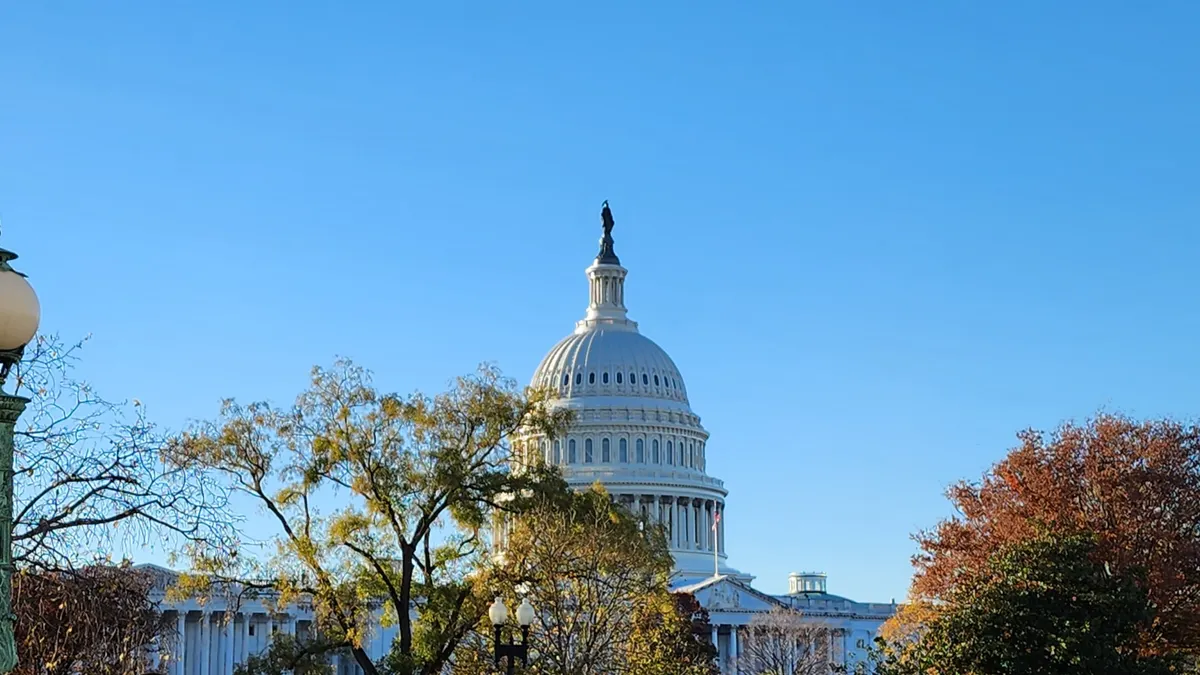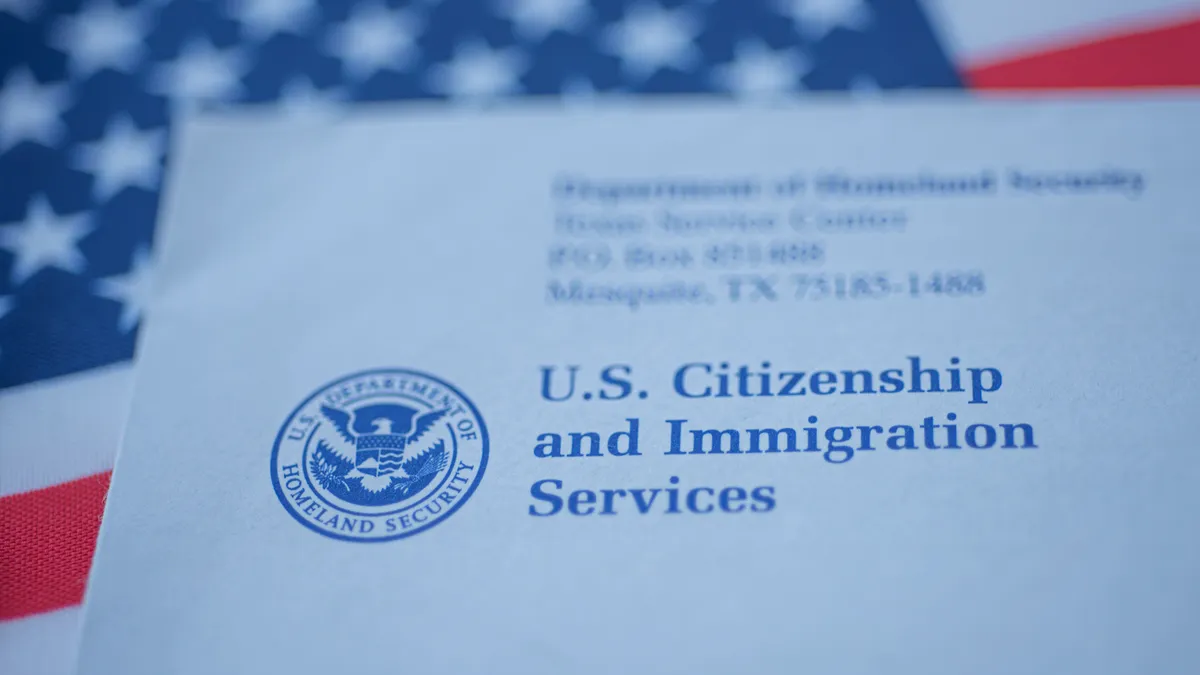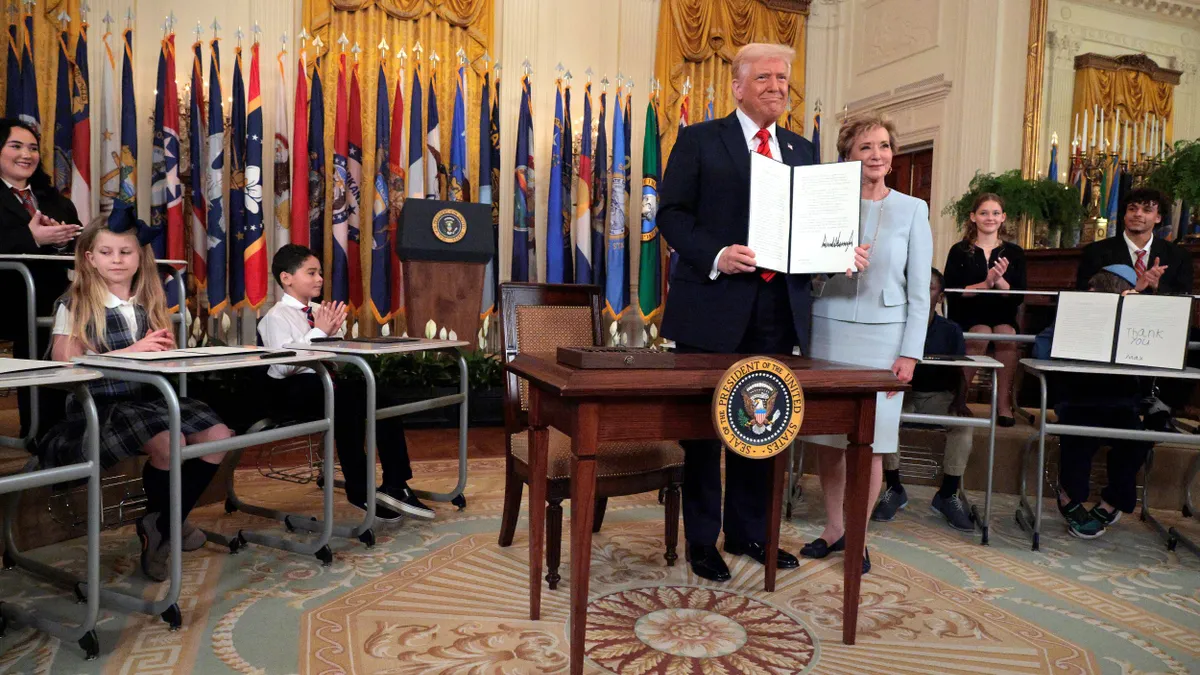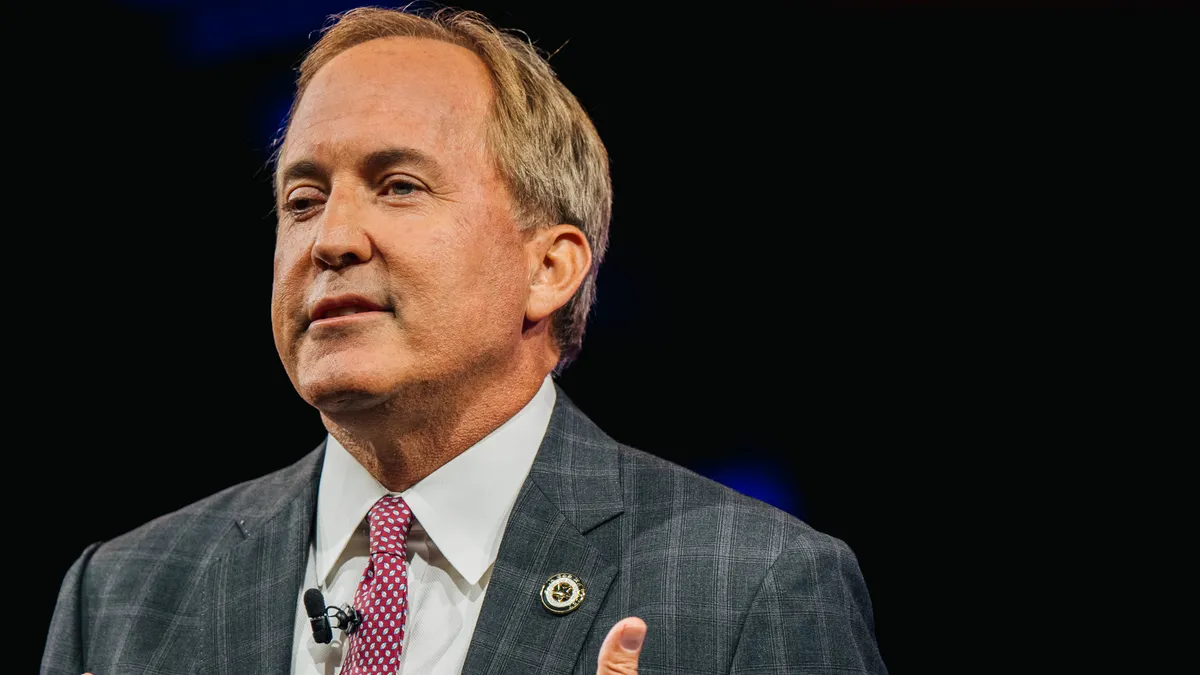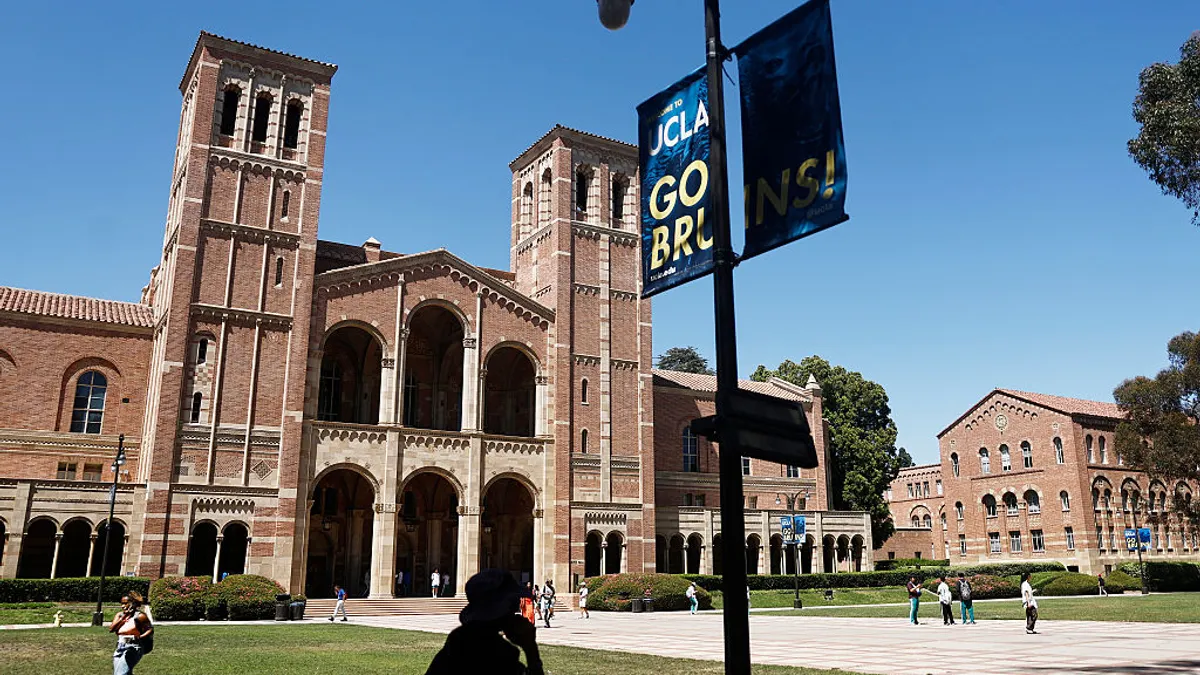House Republicans on Thursday narrowly passed a massive tax and spending bill that, if signed into law, would add new financial pressures on U.S. colleges and students while extending the tax cuts instituted in 2017.
Backed by President Donald Trump and dubbed the “One Big Beautiful Bill Act,” the proposal includes provisions for dramatically increasing the endowment tax, a risk-sharing policy that would put colleges on the hook for unpaid student loans, and changes to the federal student aid program that critics say would reduce access to higher education.
It also includes work requirements to the Medicaid health insurance program, changes to which could impact university hospitals and leave many college students without health insurance.
The bill is headed to the Senate after it passed the House by one vote, with every Democrat and two Republicans voting against it. Three other Republicans either abstained or did not participate in the vote.
The Senate, held by Republicans with a 53-person majority, is widely expected to add changes to the bill.
Since lawmakers passed the legislation as part of the reconciliation process — a rule allowing the Senate to approve spending-related policies with a simple majority — Republicans can avoid a filibuster that would take 60 votes to break.
In a Wednesday letter to House leaders, American Council on Education President Ted Mitchell wrote that the higher ed policy changes would have “a historic and negative impact on the ability of current and future students to access postsecondary education, as well as on colleges and universities striving to carry out their vital educational and research missions.”
Here is a look at some of the major higher ed provisions:
Endowment tax
Today, the richest private colleges — the few dozen with at least 500 students and at least $500,000 endowment assets per student — pay an endowment excise tax set at 1.4%.
Wednesday's bill would implement a graduated rate structure, with levels starting at 1.4%, and rising to 7%, 14% and 21% depending on endowment assets per student. Under that tiered system, the wealthiest college would be taxed the same as the current corporate income rate.
When House Republicans advanced the endowment tax proposal earlier this month, they decried “woke, elite universities that operate more like major corporations.”
The lowest tax bracket targets colleges whose endowments are valued between $500,000 and $749,999 per student.
Endowment taxes would rise to 21% for the nation’s wealthiest private colleges
Industry experts and insiders worry the tax could hurt colleges’ long-term missions and diminish the resources they rely on to recruit lower-income students.
In a statement Thursday, Kara Freeman, president and CEO of the National Association of College and University Business Officers, pointed to research by her organization and Commonfund finding that nearly half of endowment spending went toward student aid in fiscal 2024.
“This scholarship tax takes funds away from students and makes it less possible for colleges to support them,” Freeman said.
Colleges spend the largest share of endowment funds on student financial aid
Financial aid changes
The bill eliminates federal subsidized loans for undergraduates and Direct Plus loans for graduate students beginning on July 1, 2026.
It also limits Parent Plus Loans, capping how much parents can borrow and only allowing them to take out loans if their dependent student has already taken out the maximum in unsubsidized loans.
The bill sets an overall lifetime student loan limit of $200,000 for any single borrower across all federal loan types.
Additionally, it raises the course hours for the full-time student designation needed to receive the maximum Pell Grant from 24 to 30 per academic year, and it changes the formula for Pell eligibility.
ACE’s Mitchell called the proposed changes to Pell Grants “crippling,” saying some 700,000 students could lose eligibility under the bill.
Regarding changes to federal student funding writ large, Mitchell described them as “deep cuts and damaging changes to important federal student aid programs” that would limit access to education.
The bill also cuts several student loan repayment programs, consolidating a “litany” of repayment plans into two, according to the House Committee on Education and Workforce.
The Republican-led committee last month described the higher education policy proposals as “strengthening accountability for students and taxpayers, streamlining student loan options, and simplifying student loan repayment.”
Risk-sharing
Along with tax hikes on some college endowments, the vast majority of colleges would make payments to the federal government based on a formula centered on the unpaid student loan balances of former students.
The risk-sharing policy is intended to increase college accountability on student costs and outcomes.
“Institutions that continue to saddle their students with debt eventually face increasing penalties and risk loss of access to federal student aid,” the House education committee said about the proposal previously.
But higher education experts and insiders worry a risk-sharing system could disincentivize colleges from accepting lower-income and historically marginalized students, who face more systemic challenges both in education and in the workforce.
While a portion of those payments might be offset by the bill’s new Promise grants for colleges that provide access to low- and middle-income students, analysis has found that many institutions will lose money overall.
ACE found that 91% of colleges serving primarily lower-income students would make significant payments to the government even after Promise grants are factored in, with a median net loss of $107,000.
“In terms of its implementation, it would be disastrous for institutions that are doing the job of bringing on students that come from communities that are already underrepresented,” Jordan Nellums, senior policy associate with The Century Foundation, a left-leaning think tank, said of the proposal in an interview this spring.


